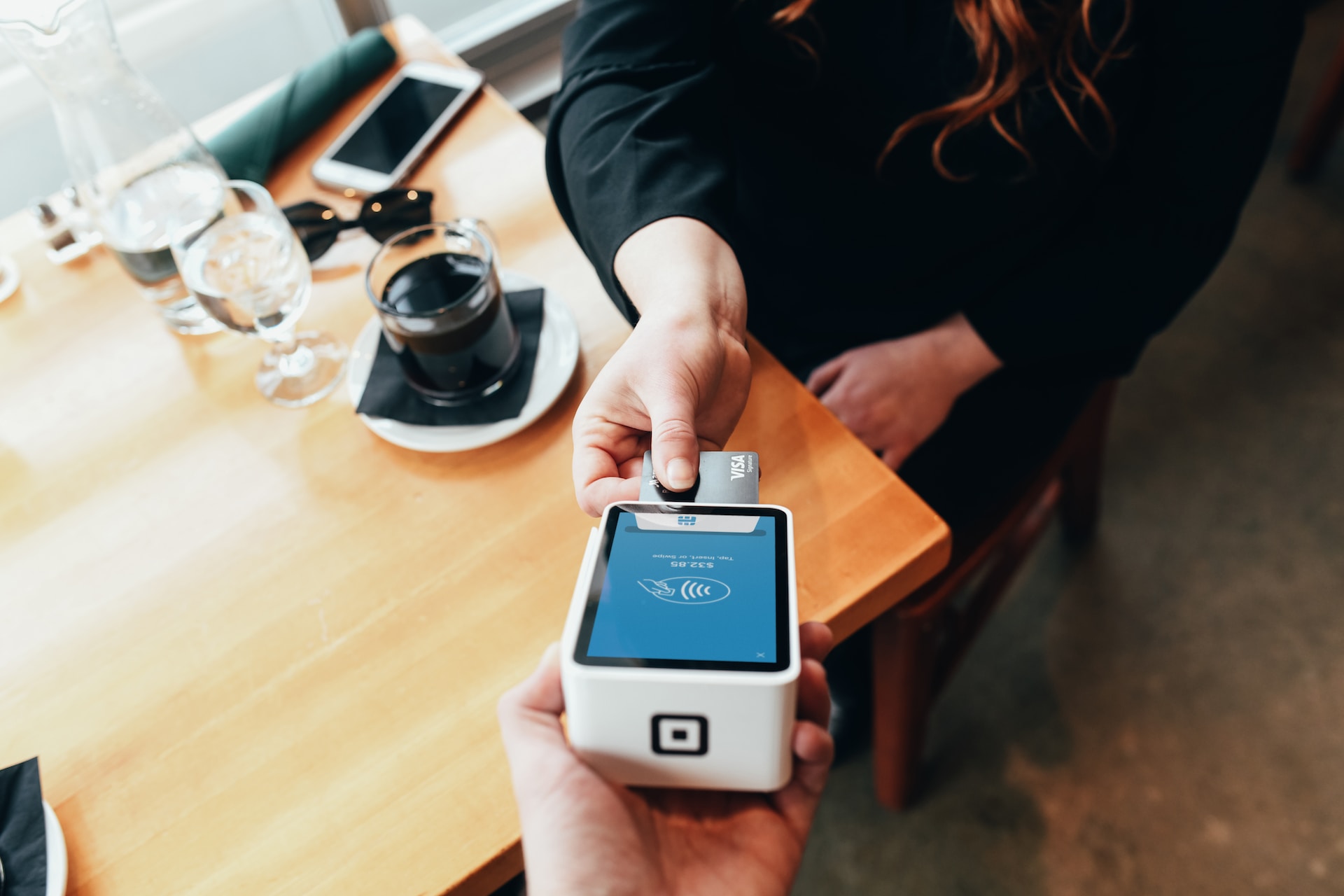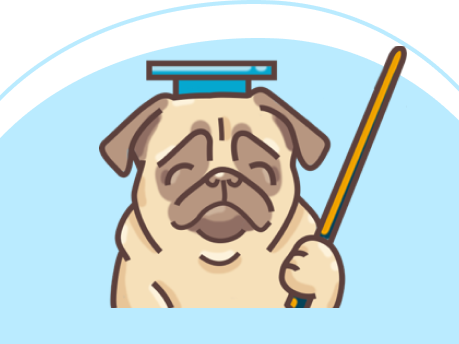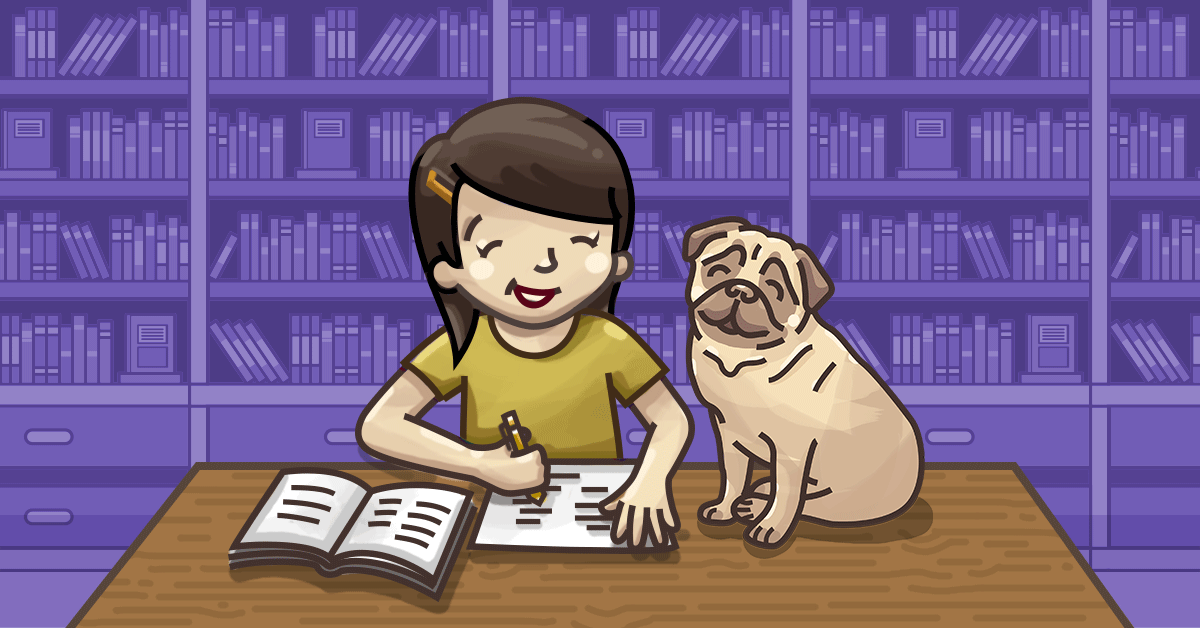It’s expected to leave a tip in most North American establishments, like restaurants and bars, or for services like taxi drivers, hair stylists, and even the employee who brings your luggage up to your hotel room. Don’t worry, tipping is completely voluntary, meaning if you don’t like the service, you aren’t obligated to tip. So, here’s a scenario – you’ve just finished a nice lunch at a restaurant and the bill comes out as $14.32. Cool. The service wasn’t too bad and your server was nice. How much will you tip? More importantly, how will you calculate that without whipping out the calculator?
The minimum tip expected in any establishment is 10% of the final cost (although this is beginning to increase because of inflation). If you choose to tip 10%, it’s simple – move the decimal to the left by one for a tip of $1.43, for a total of $15.75. Easy, right?
What about 15%? You still move the decimal to the left by one and then divide it in half and add the two sums together. $1.43 divided in half is $0.71, so the total is $2.14. That means you pay $16.46. Not bad.
If your meal was phenomenal, the service was exceptional, and you want to show your gratitude to every staff member involved in the process, the solution is even simpler – drop a twenty dollar bill and head on out. Or, maybe you’ll tip 20% instead. All you have to do is move the decimal to the left by one and then double it. Your $14.32 lunch with a 20% tip is now $17.18.
Now, let’s say you feel like a tip of 10% is too low, but 15% is stretching it too far, so you settle for 12% instead. Well, that isn’t a nice number to calculate mentally. You still use the first step of moving the decimal to the left by one, and then multiplying that number by 0.02 before adding them up. Your total is now $16.03.
Compared to most Asian countries where tipping is discouraged, not expected, or not practiced, tipping is not an afterthought in North America. Establishments will expect it, so if you don’t tip, some managers will have the nerve to chase after you. In some cases, not tipping is justified. If your food was cold, the service was bad, or your server was rude, that’s enough reason not to tip. However, just remember – most servers are paid minimum wage, maybe even less. By not tipping at all, it can be a huge deficit in their income and household. Most of the time, servers are not the problem – their employers are. Don’t worry about the employers racking in the tips because it’s a law that the tips get distributed to the employees who earn them, like servers, busboys, and hosts. 10% is better than 0%.
So, how much should you tip? It’s all about discretion. Food was decent, but the service was good? 10- 15%. Food was great, but the service was bad? 10- 15%. Food was exceptional, service was astounding, and the manager even threw in a free dessert? 15- 20%. If you eat out often, you’ll notice that the more luxurious restaurants will expect higher tips or even include it in the bill. Use your judgment and if there’s any dispute, don’t be afraid to speak to the manager. Not all shoddy establishments deserve a 25% tip on an undercooked meal.
We’ve got an entire section dedicated to tips and discounts and how to utilize percentages if you need to brush up your skills. Leave that calculator at home and master your skills so you won’t have to dwaddle the next time you go out to eat.











